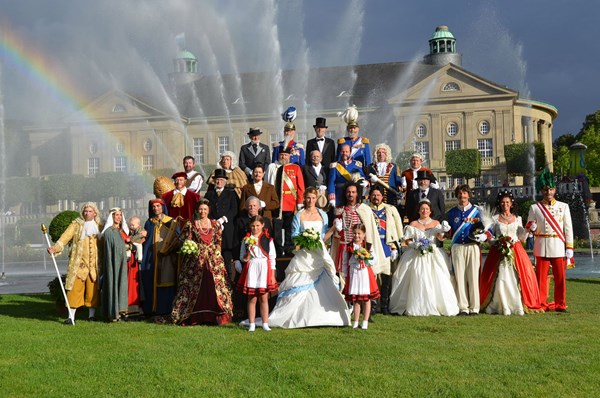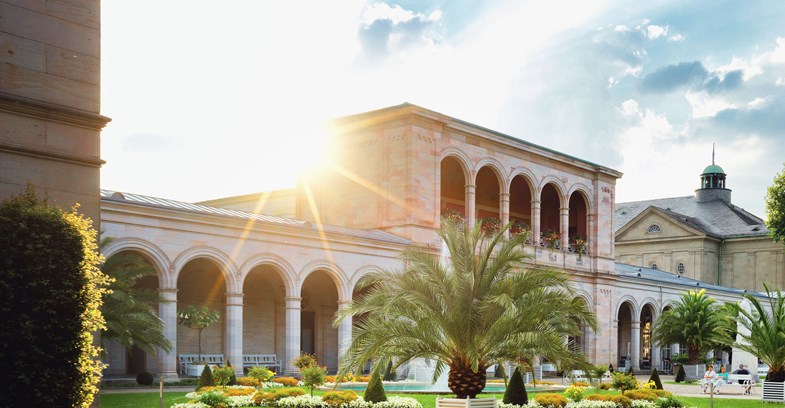Spa history
Seven medicinal springs
As long as 500 years ago, doctors recognised the benefits of Bad Kissingen’s medicinal waters, which are aerated and rich in minerals. They are scientifically proven to have a healing, alleviating and prophylactic effect. The Rakoczy and Pandur springs, ‘Luitpoldsprudel “alt”’ (Luitpold spring water ‘old’), the ‘Maxbrunnen’ (Max spring) as well as ‘Kissinger Bitterwasser’ (Kissingen bitter water) are used for drinking cures. Among other things, they are used to regulate digestion and to treat diseases of the respiratory tracts, in cases of exhaustion or anaemia. The ‘Luitpoldsprudel “neu”’ (Luitpold spring water ‘new’), the ‘Runder Brunnen’ (round spring) and the ‘Schönbornsprudel’ (Schönborn spring), which fill the KissSalis thermal pools, are mainly used for bathing cures. The medicinal springs are also used for inhalation in the ‘Gradierbau’ (graduation tower) or in the Kneippbecken (Kneipp pools).
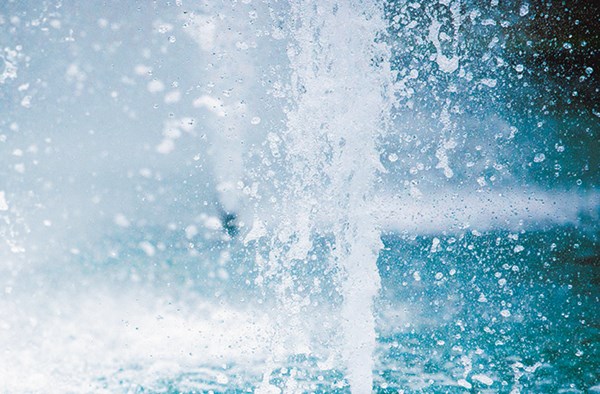
Luitpoldbad
Located in the centre of the Luitpold Park, this spa building, which was erected in 1871, was the largest in the world after enlargement measures in 1906. Its extensive wings once housed 236 bathing cabinets, some of which can still be viewed today. The open north side of the three-wing building was closed in 1880 when construction began on the Luitpold Casino, which is now home to the ‘Bayerische Spielbank’ (Bavarian Casino).
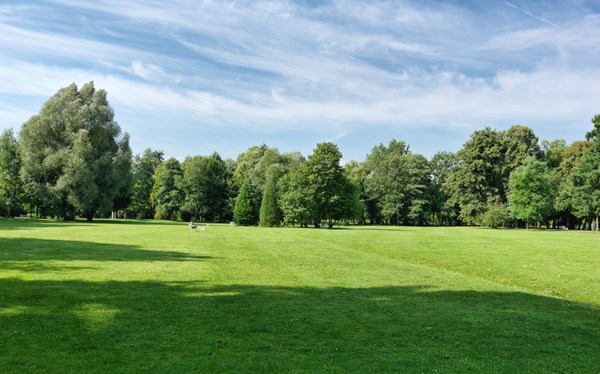
Salt production in Bad Kissingen
In Bad Kissingen salt was produced for more than 1 000 years. In 1562, the predecessors of the ‘Gradierwerk’ (graduation tower) built here were the first in Europe. As parts of the salt production plants, their purpose was to allow water to evaporate, similar to salt meadows. Through the evaporation of the water, the rather low salt content of natural Kissingen brine was raised to 25%. In the 19th century the salt industry declined and the facilities were turned into infrastructure for the extraction and use of brine. Brine production finally came to an end in 1968. The significance of the ‘white gold’ for Bad Kissingen is the subject of a permanent exhibition in the ‘Museum Obere Saline’. Today, the brine trickling down leads to a healthy micro-climate around the graduation tower, and the effect is similar to that of the North Sea climate. Conscious inhalation can contribute towards cleaning the respiratory tracts, regenerating the pulmonary functions and reinforcing the immune system.
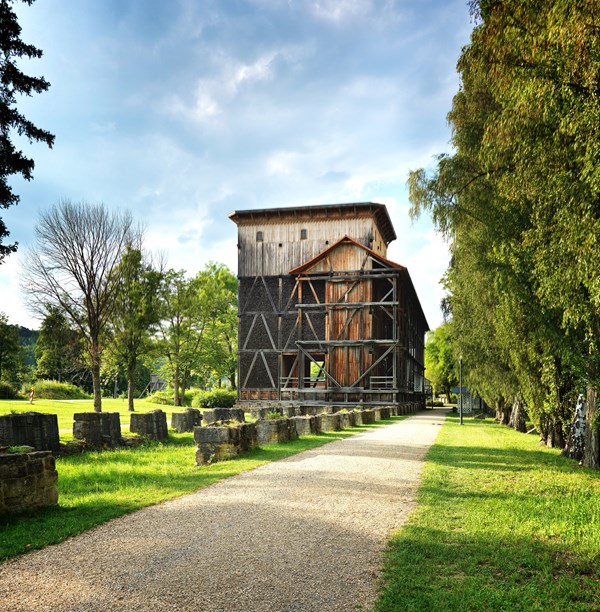
Becoming a world-class spa resort
At the beginning of the 19th century, the Bavarian kings became aware of the town – of its medicinal springs and its potential as a health resort. Although an expert had described it as a ‘provincial spa’ in 1811, this was soon to change dramatically. First, the recast of the former ‘Sauer-Brunnen’ (sour spring) – today’s ‘Maxbrunnen’ (Max spring) on the corner of the ‘Kurgarten’ (spa garden) – was started. A spa inspector was employed, and the expansion of the tourist infrastructure was speeded up. In particular, the ‘Kurgarten’ had to be enlarged and the spa facilities modernised. To do this, Ludwig I commissioned none other than the Munich star architect Friedrich von Gärtner. Bad Kissingen could then finally develop into a celebrated spa of world renown from 1833 onwards, after the first spa visit by the Bavarian king.
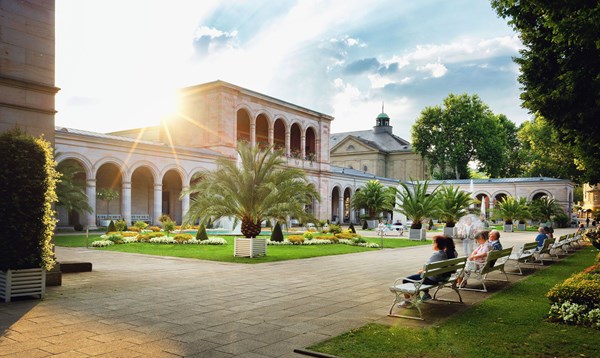
Bad Kissingen’s famous visitors
It wasn’t just Otto Fürst von Bismarck and Empress Elisabeth ‘Sisi’ of Austria who appreciated Bad Kissingen – practically everyone who was anyone in the European aristocracy came to the Fränkische Saale river from the 1830s onwards. The social and political dimensions of visiting health resorts could no longer be underestimated. At the same time, Kissingen became a fashionable resort for the European aristocracy and bourgeoisie as well as for artists, writers and musicians. For example, names like Theodor Fontane, George Bernard Shaw and Richard Strauss would appear on the guest lists.
